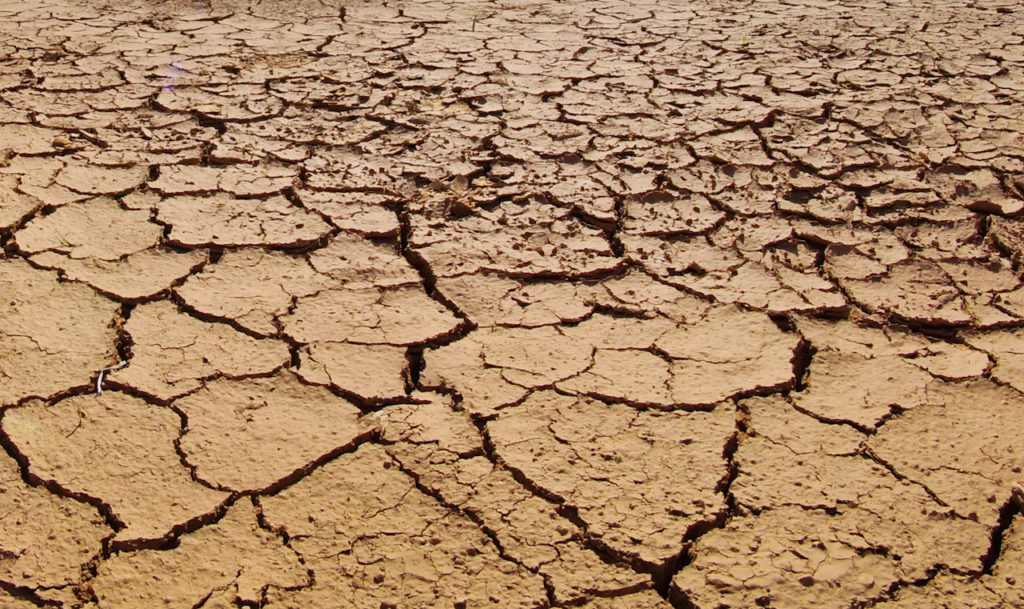GLOBAL WARMING | Most land-based ecosystems at high risk of major transformation due to climate change: study
Without dramatic reductions in greenhouse-gas emissions, most of the planet’s land-based ecosystems, from forests and grasslands to the deserts and tundra, are at high risk of “major transformation” due to climate change

CHICAGO, ILLINOIS — Without dramatic reductions in greenhouse-gas emissions, most of the planet’s land-based ecosystems, from forests and grasslands to the deserts and tundra, are at high risk of “major transformation” due to climate change, according to a study from an international research team.
To determine the extent of the vegetation change following the last glacial peak, the researchers first compiled and evaluated pollen and plant-fossil records from 594 sites worldwide-from every continent except Antarctica. All of the sites in their global database of ecological change had been reliably radiocarbon-dated to the period between 21,000 and 14,000 years before present.
Then they used paleoclimatic data from a number of sources to infer the corresponding temperature increases responsible for the vegetation changes seen in the fossils. That, in turn, enabled them to calculate how various levels of future warming will likely affect the planet’s terrestrial vegetation and ecosystems.
They found that under a “business as usual” emission scenario, in which little is done to rein in heat-trapping greenhouse-gas emissions, the probability of large-scale vegetation change is greater than 60 percent. In contrast, if greenhouse-gas emissions are reduced to levels targeted in the 2015 Paris Agreement, the probability of large-scale vegetation change is less than 45 percent.
The researchers further deliberate that much of the change could occur during the 21st Century, especially where vegetation disturbance is amplified by other factors, such as climate extremes, widespread plant mortality events, habitat fragmentation, invasive species and natural resource harvesting. The changes will likely continue into the 22nd century or beyond, the researchers concluded.
The changes would threaten global biodiversity and derail vital services that nature provides to humanity, such as water security, carbon storage and recreation.
The estimate is considered conservative because the rate of projected future global warming is at least an order of magnitude greater than that of the last deglaciation and is therefore potentially far more disruptive.
The findings were published in August 31 edition of the journal Science.



